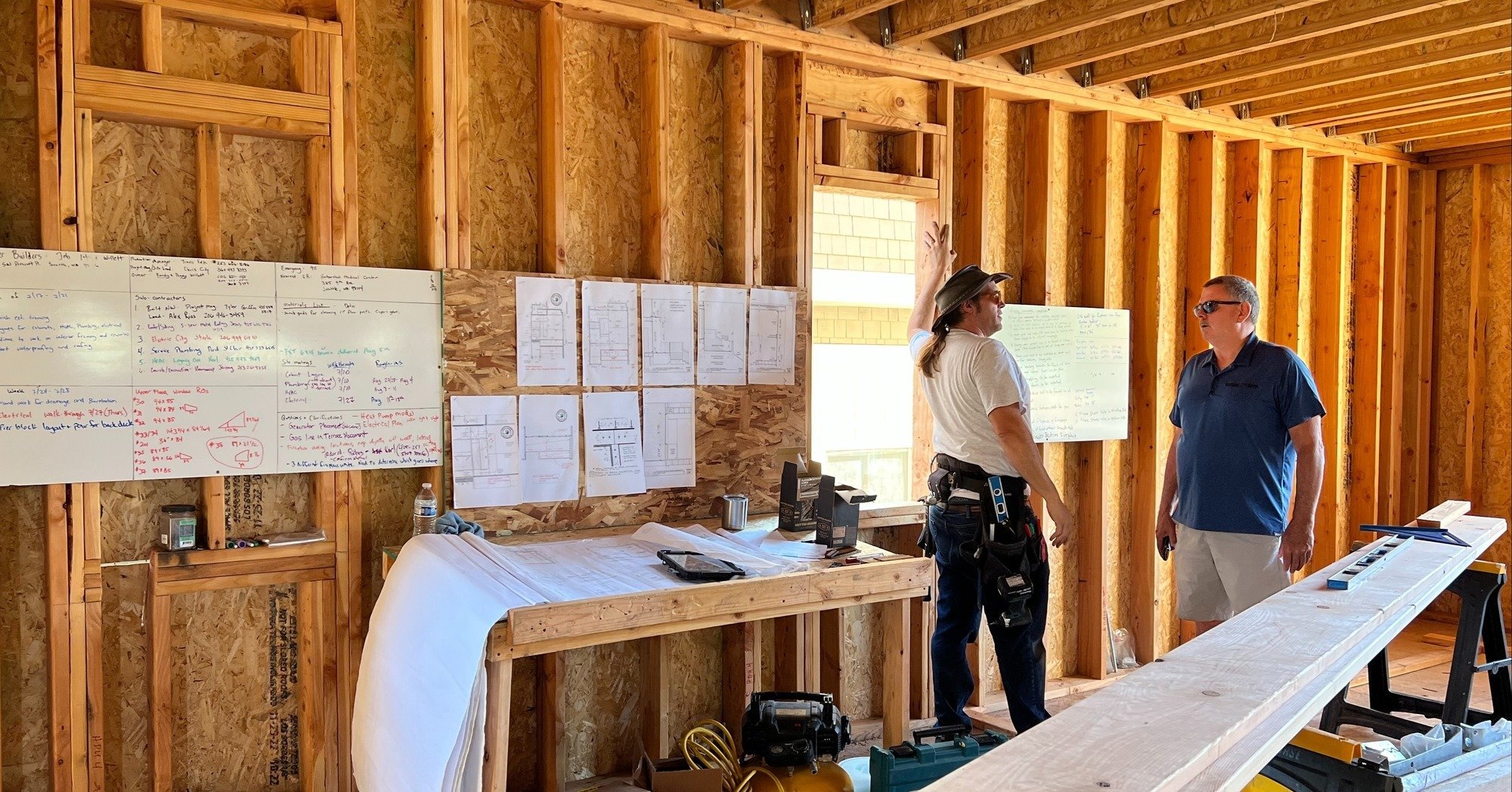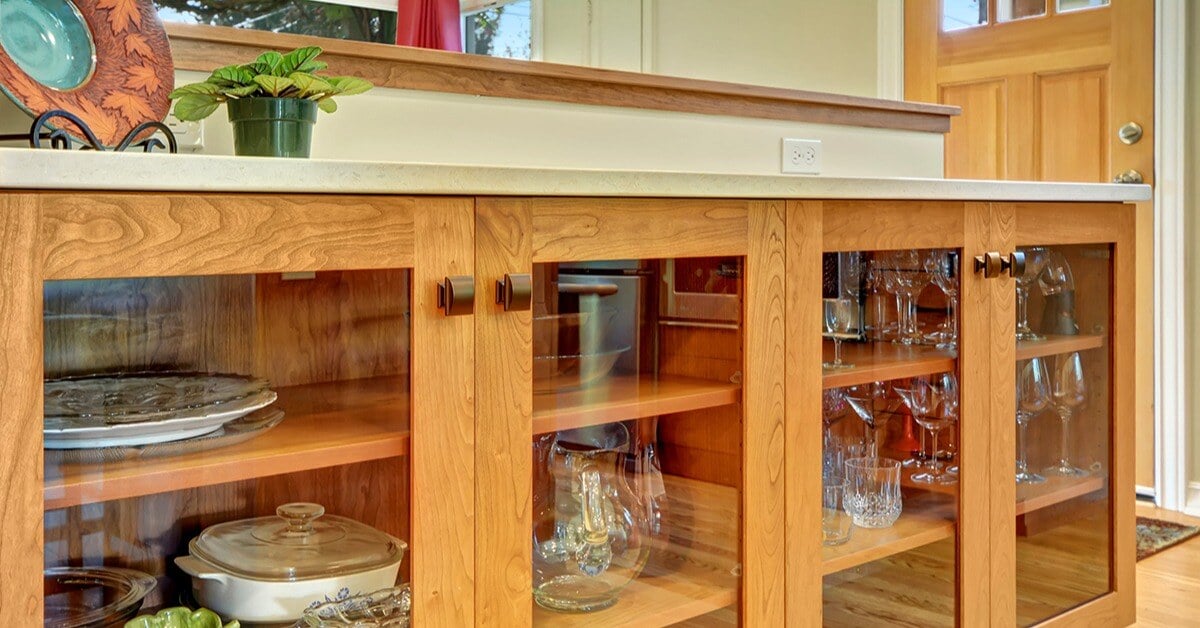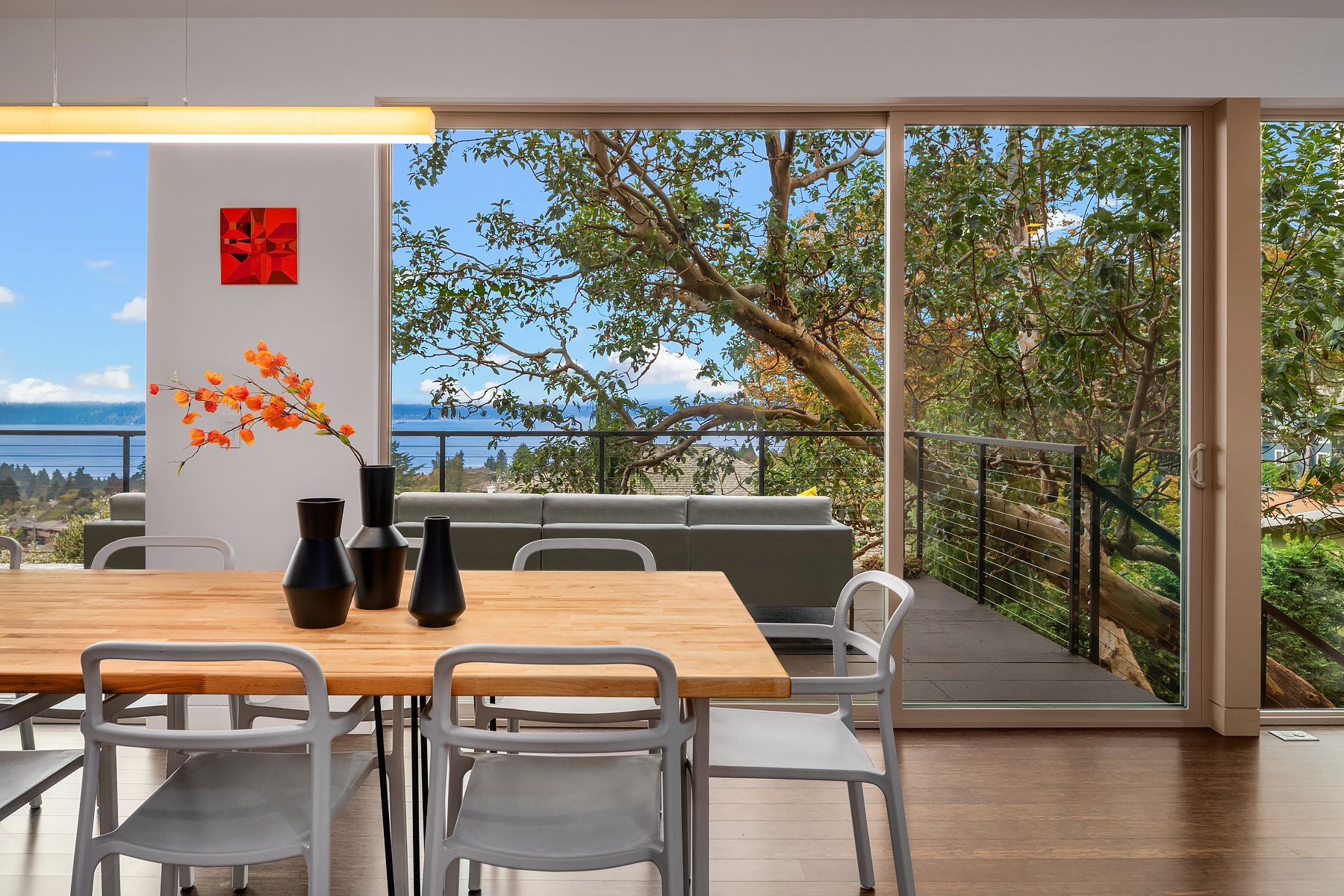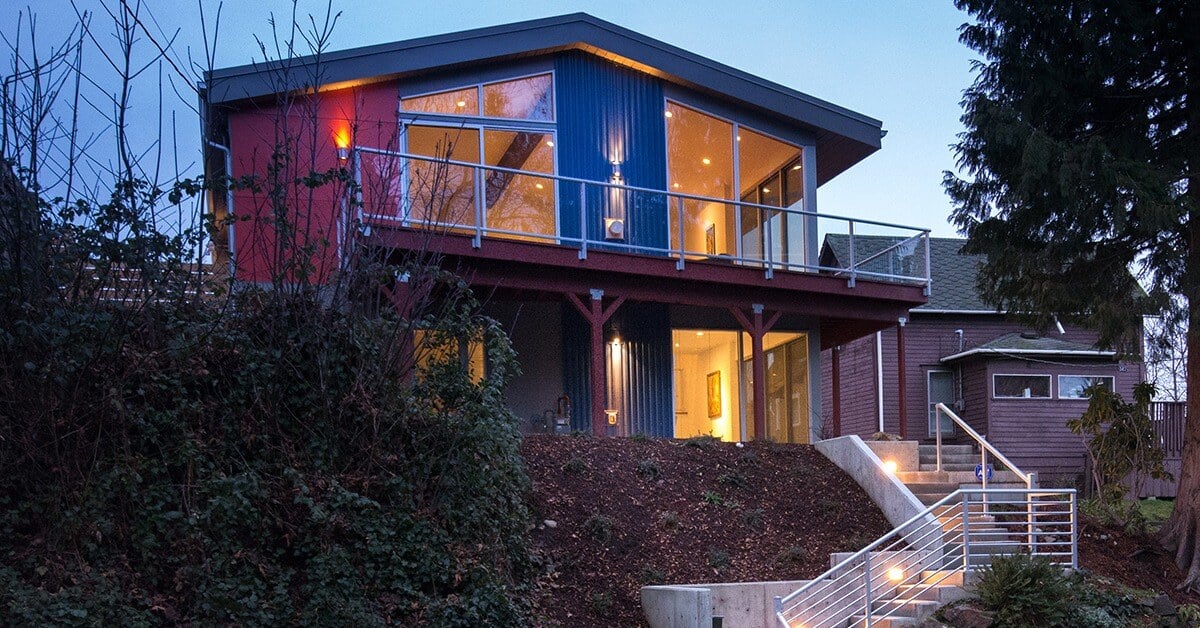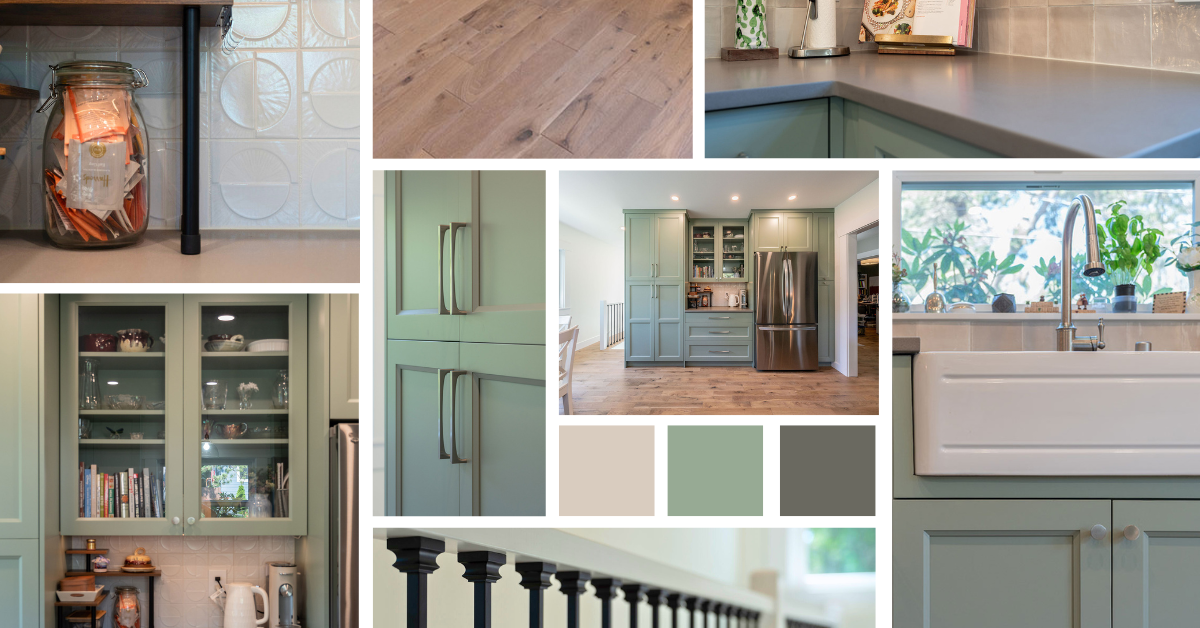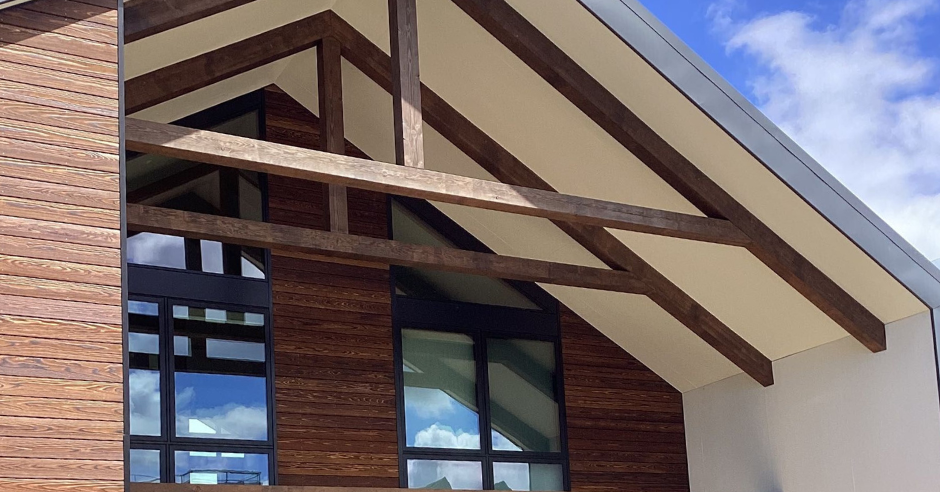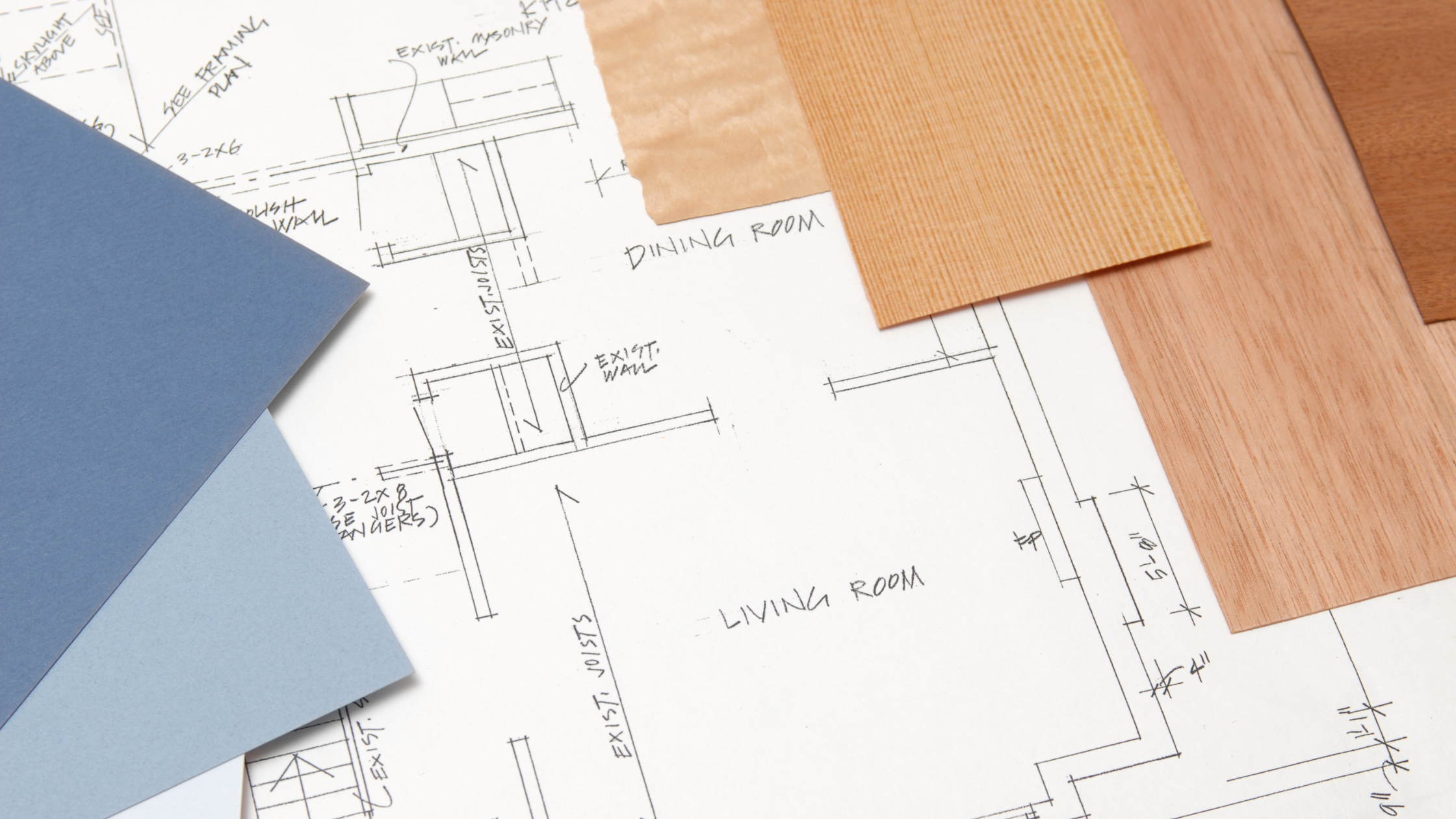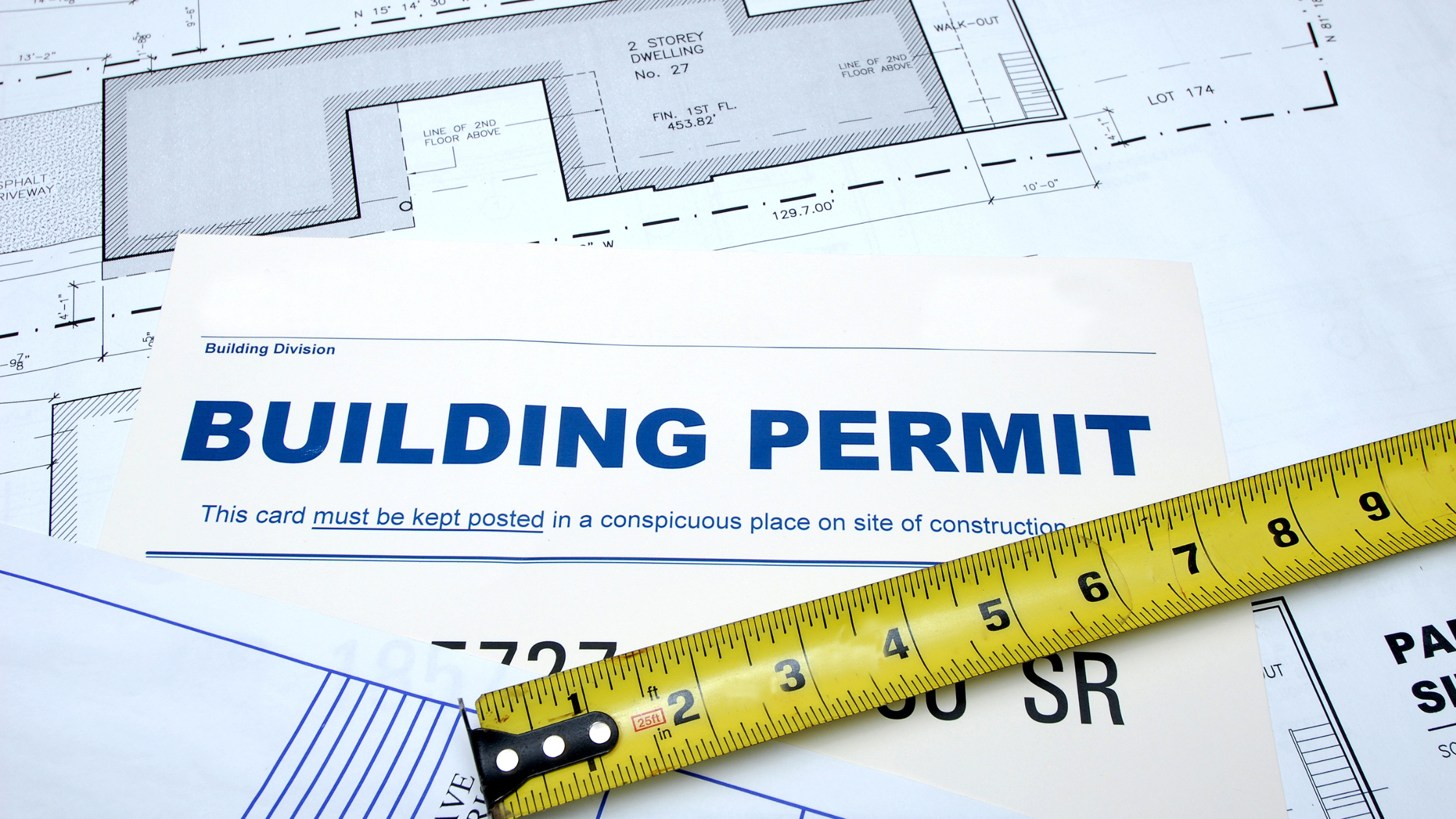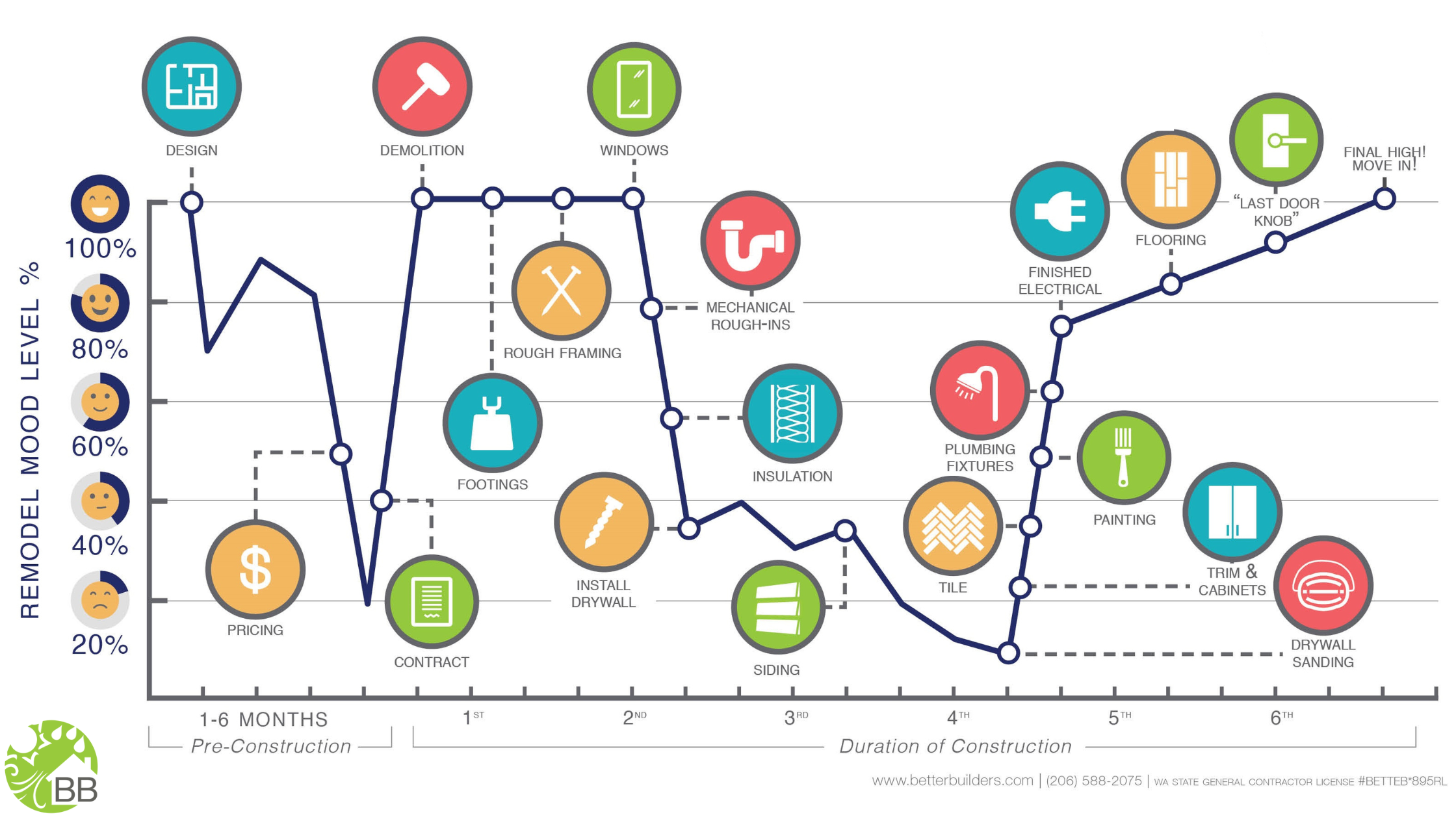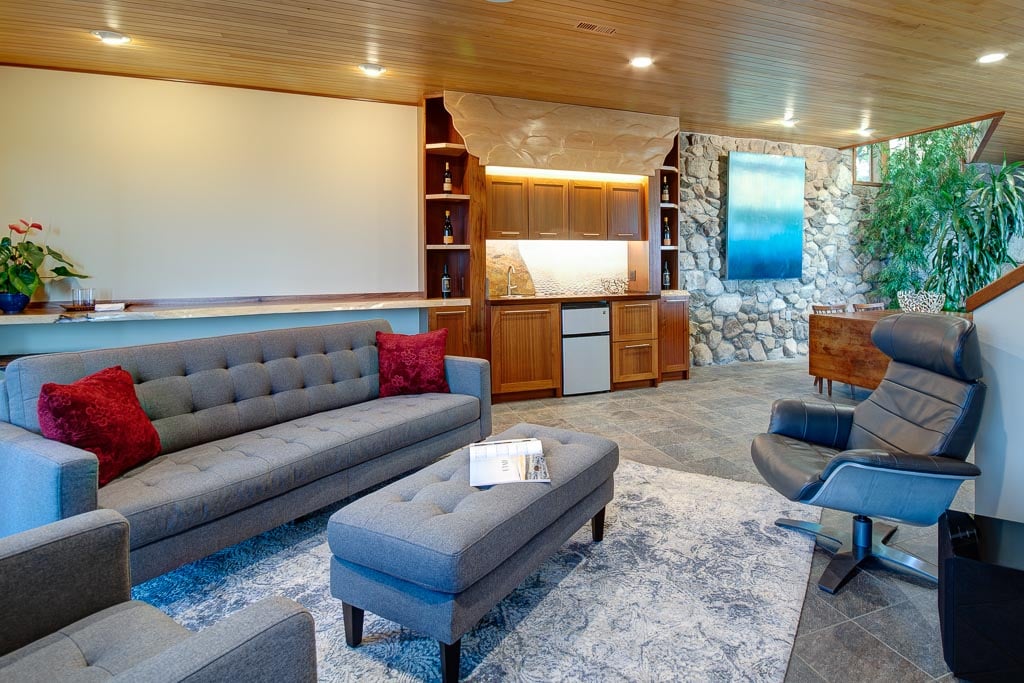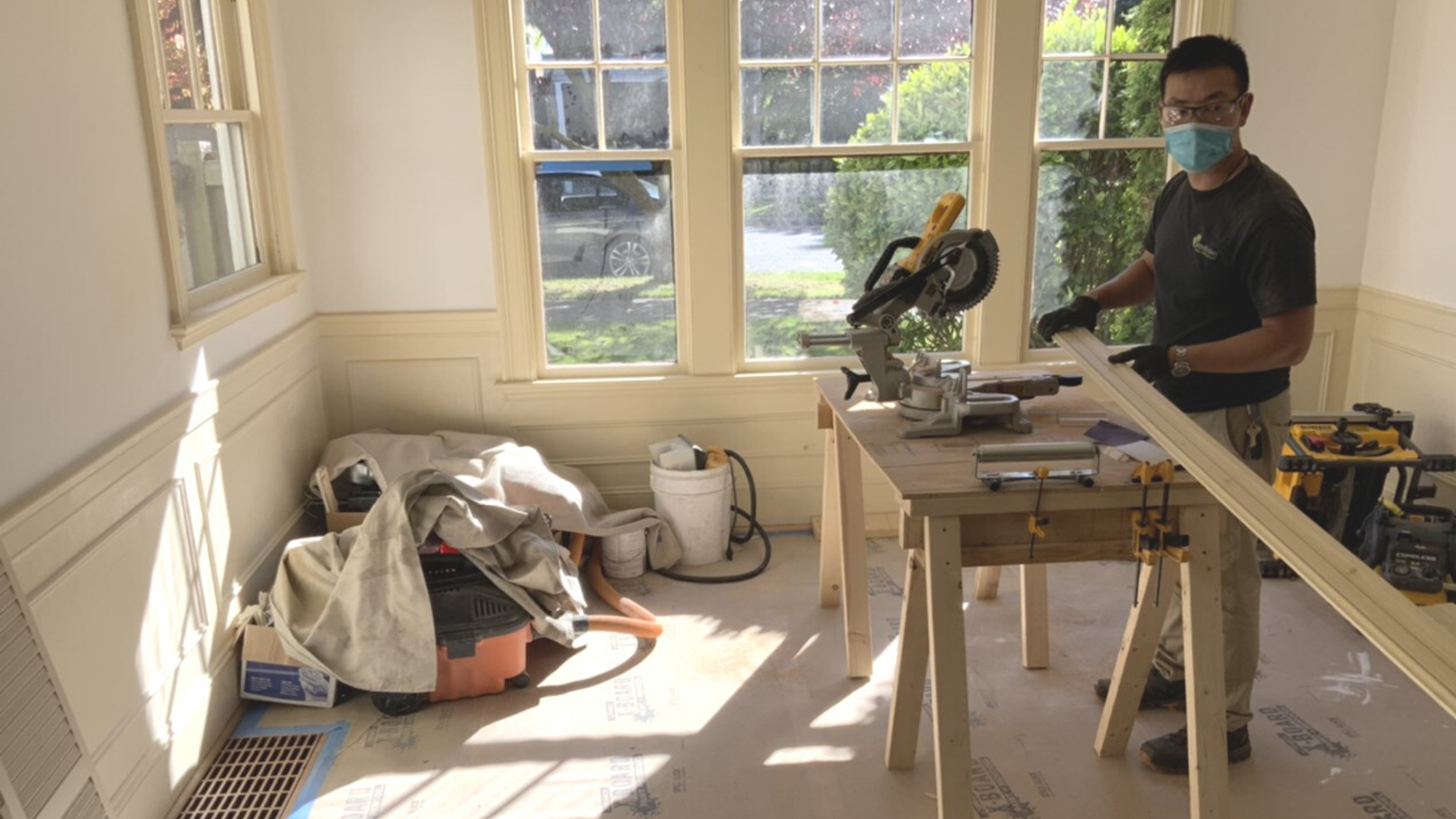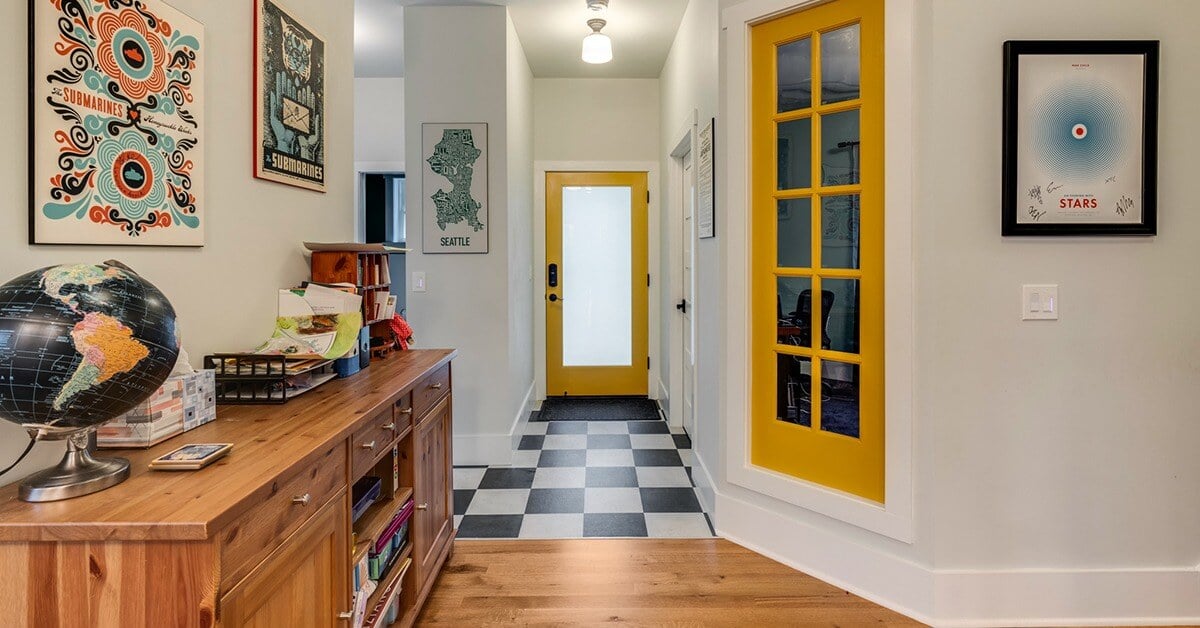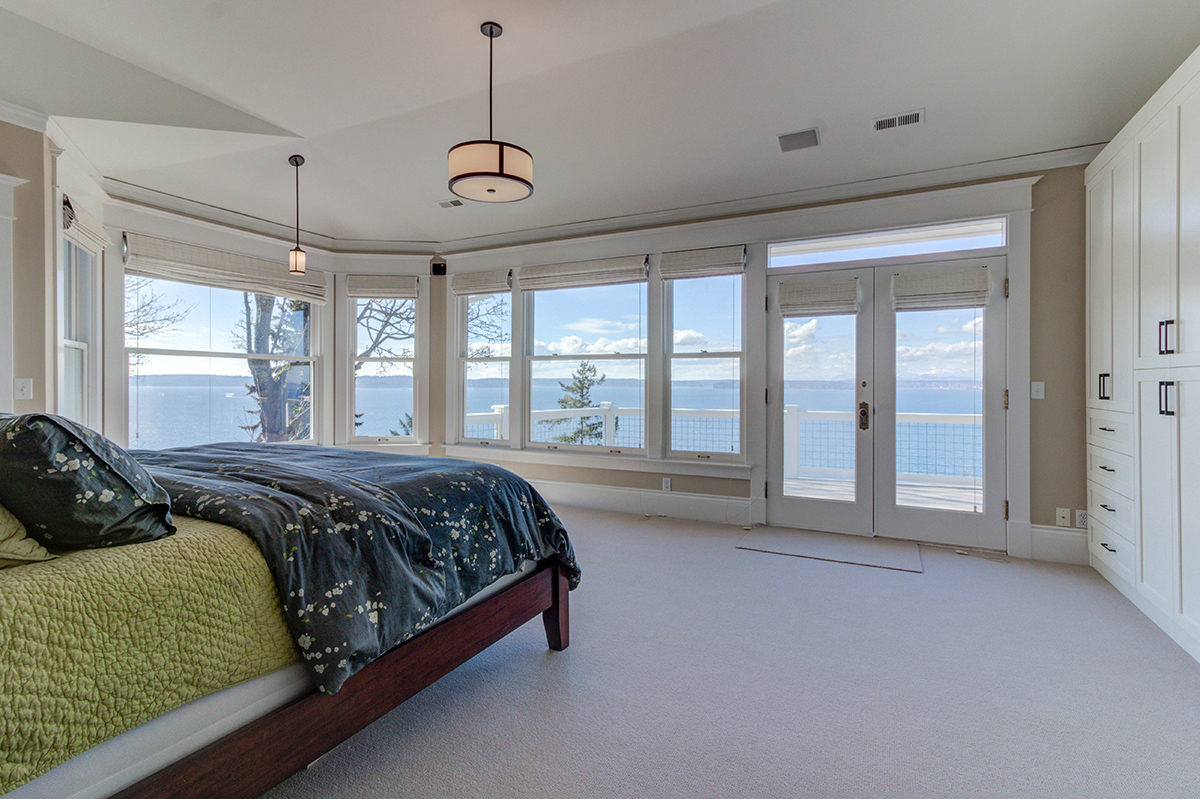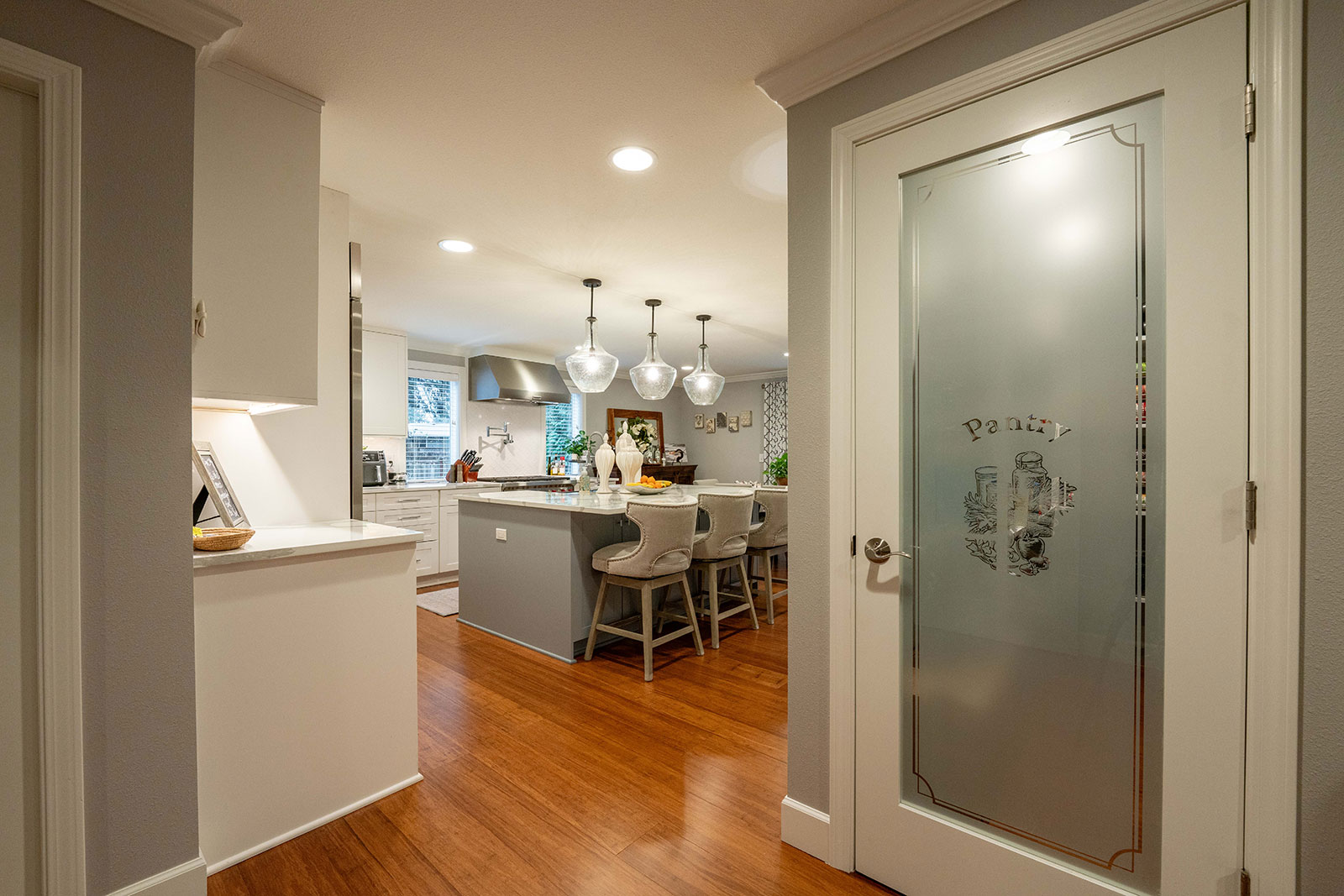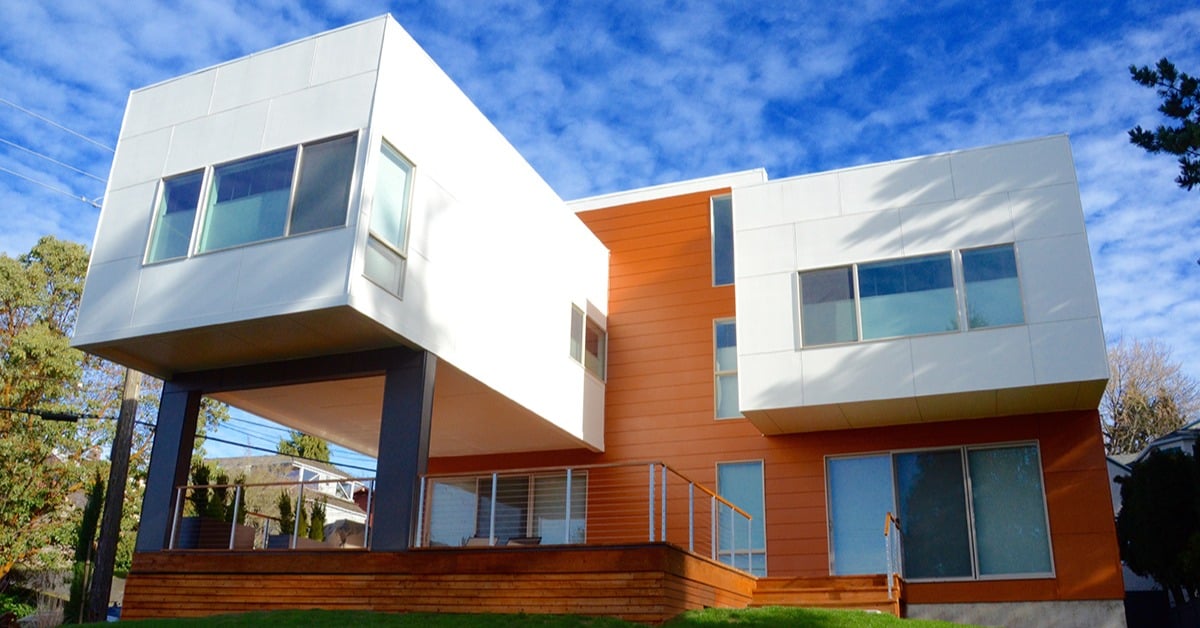Adding a room full of natural light to your home isn't just about extra square footage; it’s about creating a living space that lifts your mood, connects you to nature, and invites more of the outdoors in. For gardening enthusiasts, it can mean a year-round haven for growing plants. For others, it might be a sun-soaked retreat to relax, read, or entertain, without worrying about Seattle’s wet weather.
Whether you want to enhance the comfort of your home or desire more outdoor living spaces with protection from the elements, light-filled additions like sunrooms, solariums, and greenhouses offer unique opportunities. But with so many types of sunrooms available, how do you choose?
Let’s explore the key differences between sunrooms, solariums, and greenhouses—and help you find the best fit for your lifestyle and goals.
Watch this video by Pete Baughman to understand the important points in this article:
Sunrooms: A Bright and Breezy Extension
A sunroom invites the outdoors in through an expansive wall of windows while maintaining a traditional roof structure. This design allows it to blend seamlessly with the rest of the home, functioning more like an extension of your living room than a standalone glass enclosure.
Often built by converting an enclosed porch or patio, sunrooms can be customized for year-round use or as three-season sunrooms, depending on how they’re insulated and connected to your HVAC system. Add features like skylights or operable windows for enhanced energy efficiency and airflow.
Who Should Consider a Sunroom?
If you’re looking for added living space—whether a casual lounge area for hosting family and friends, a bright home office, or a sunny spot for morning coffee—a sunroom offers flexibility. Homeowners who want to maximize natural sunlight without high-maintenance glass will appreciate the ease and appeal.
Sunrooms also provide a more cost-effective path to outdoor living compared to solariums, while still offering panoramic views of your yard or garden.
Solariums: The Ultimate Light-Filled Retreat
A solarium is the visual showstopper of the three—a fully enclosed glass structure, often with curved or angled walls and ceilings designed for maximum sunlight and unobstructed views. It feels like stepping into a modern conservatory.
Built for four-season sunrooms, solariums typically use insulated glass, solar shades, and dedicated heating and cooling systems. Though most windows are typically fixed, their climate control and sleek design make them a stunning addition to any home.
Who Should Consider a Solarium?
Perfect for homeowners who crave sunlight year-round and love a modern aesthetic, solariums are ideal for creating a spa-like retreat, meditation room, or even a light-filled home office. It’s important to note that regular cleaning and maintenance are necessary to keep the glass panels in optimal condition and support long-term energy efficiency. Despite their complexity, solariums add value and elevate the comfort of your home like few other additions can.
Greenhouses: A Gardener’s Paradise
Designed primarily for plant growth, greenhouses prioritize light and shelter over aesthetics. These freestanding or attached structures utilize transparent materials—such as glass or specialized plastics—to trap warmth and support photosynthesis.
Types of Greenhouses
-
Production Greenhouse: Built for cultivating fruits, vegetables, or flowers at scale, with systems for heating, humidity, and ventilation. These greenhouses are more about controlled environments for serious growing than about comfort.
-
Home Greenhouse: Smaller and simpler, these are a beloved addition for hobby gardeners. With basic climate control, potting benches, and even a seating area, they can double as a unique form of outdoor living.
Greenhouses can also mimic a conservatory feel, especially when designed with pathways, planters, and seating for enjoying your green space.
Who Should Consider a Greenhouse?
Whether you’re nurturing herbs, propagating plants, or designing a tranquil garden escape, a greenhouse creates year-round gardening potential. While not typically used as a living space, thoughtful design by an experienced design-build partner can transform it into a versatile and multipurpose haven.
Year-Round Use: Which Space Offers the Most Comfort?
Each of these spaces offers distinct capabilities in terms of year-round usability. Here's how they compare:
-
Sunrooms: If well-insulated and connected to your HVAC system, sunrooms can serve as four-season sunrooms. Others may function better as three-season sunrooms with seasonal usability.
-
Solariums: These structures are typically designed for year-round use, utilizing insulated glass and mechanical systems to regulate indoor temperatures, thereby enhancing energy efficiency even during colder months.
-
Greenhouses: Designed for plant-friendly conditions, not necessarily human comfort. Without custom upgrades, they’re not ideal as a lounge or home office space.
Planning Your Sunroom, Solarium, or Greenhouse
The first step is deciding which of these three types of sunny rooms best suits your needs. Understanding how much maintenance you wish to do and what you’ll be using your room for can help you narrow down the size and scope of your expansion.
What Kind of Builder Do You Need?
The next step is to consult with a qualified design-build contractor—ideally one with specialized expertise in home additions and detached structures. At Better Builders, we bring years of experience in custom remodeling, additions, and ADU/DADU construction, supported by a trusted network of skilled trade partners to deliver a seamless, end-to-end process.
While some big-box retailers and online stores offer small greenhouse kits, these are not suited for DIY because many installations must comply with local building codes, and more advanced setups often require a licensed electrician to handle lighting, ventilation, and climate control systems.
Similarly, solarium installations—particularly when added to existing structures—are highly technical and require specialized expertise. It's important to work with a qualified contractor who understands the structural, thermal, and design complexities involved. Be sure to carefully evaluate your options and select a professional with proven experience in this type of addition.
Be realistic about your budget and expectations, and understand that the construction process may be time-consuming.
Whichever space you select, know that investing in your home’s upgrades will likely add value and enjoyment for years to come!
Ready to take the next step? Download our eBook, The Homeowner’s Guide to Planning a Remarkable Renovation, for expert insights on how to begin your project with confidence.

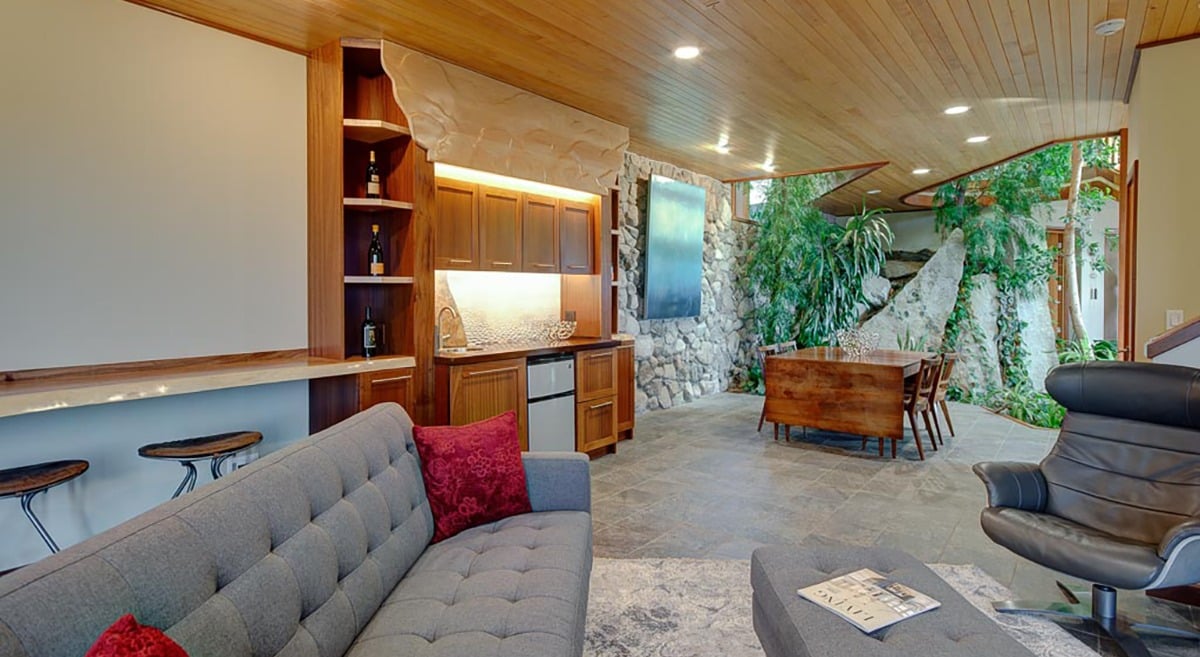




.png)
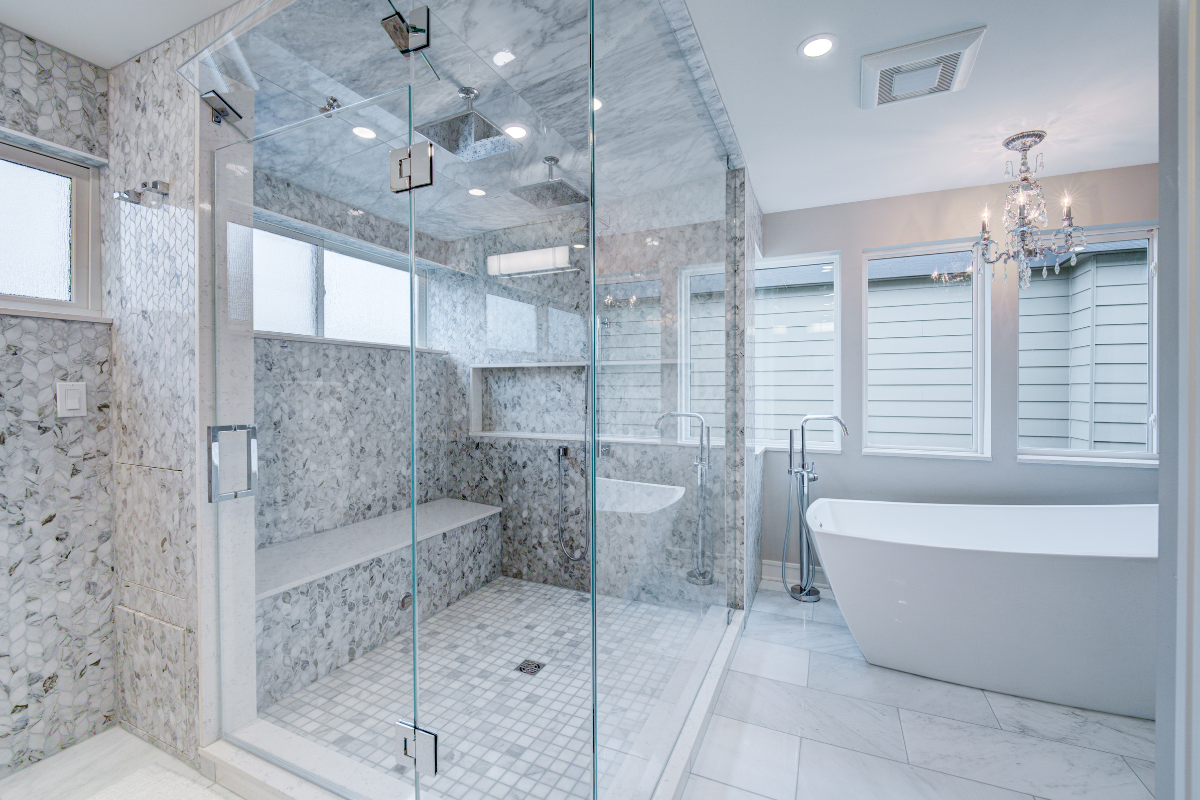
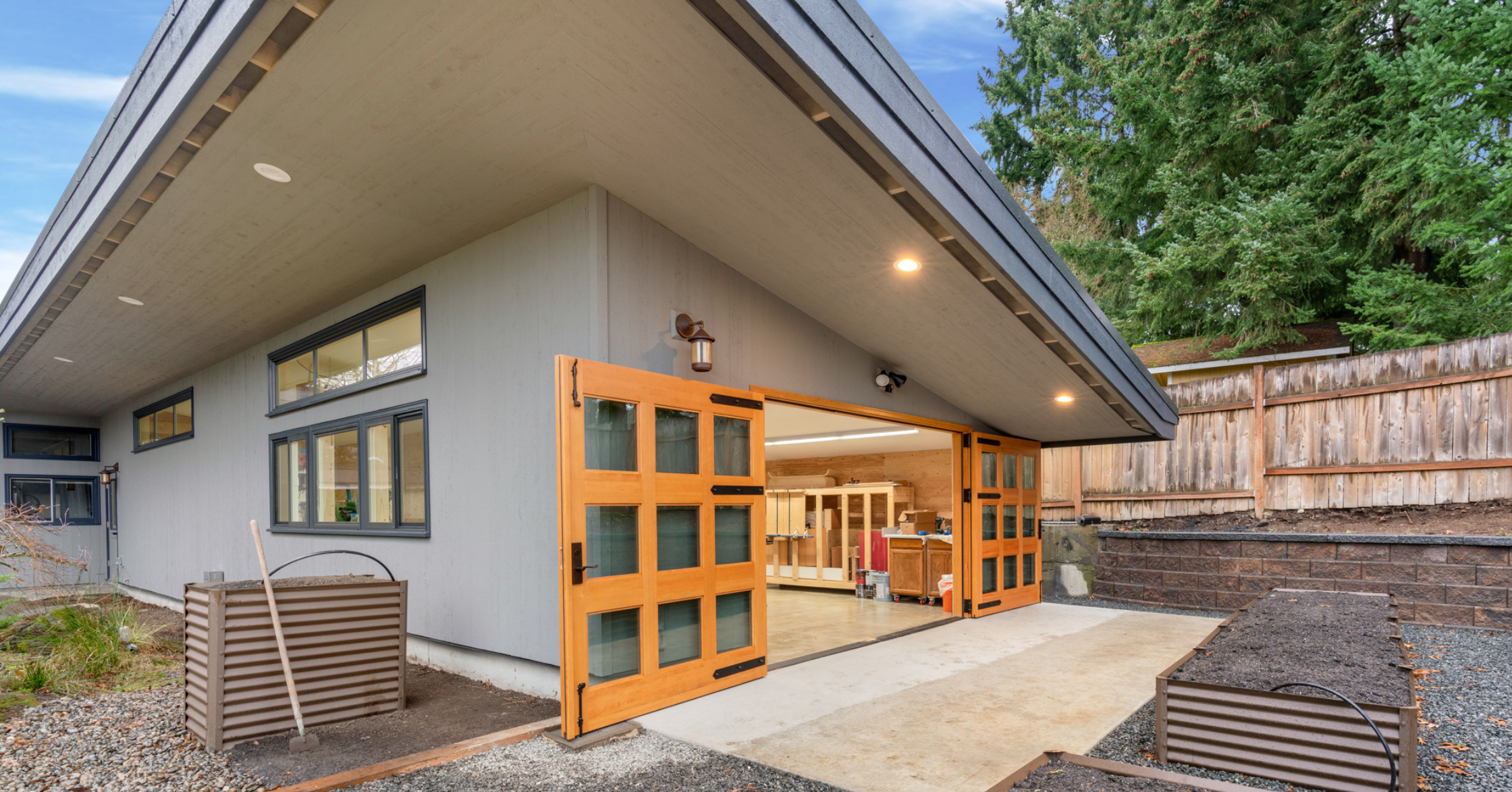
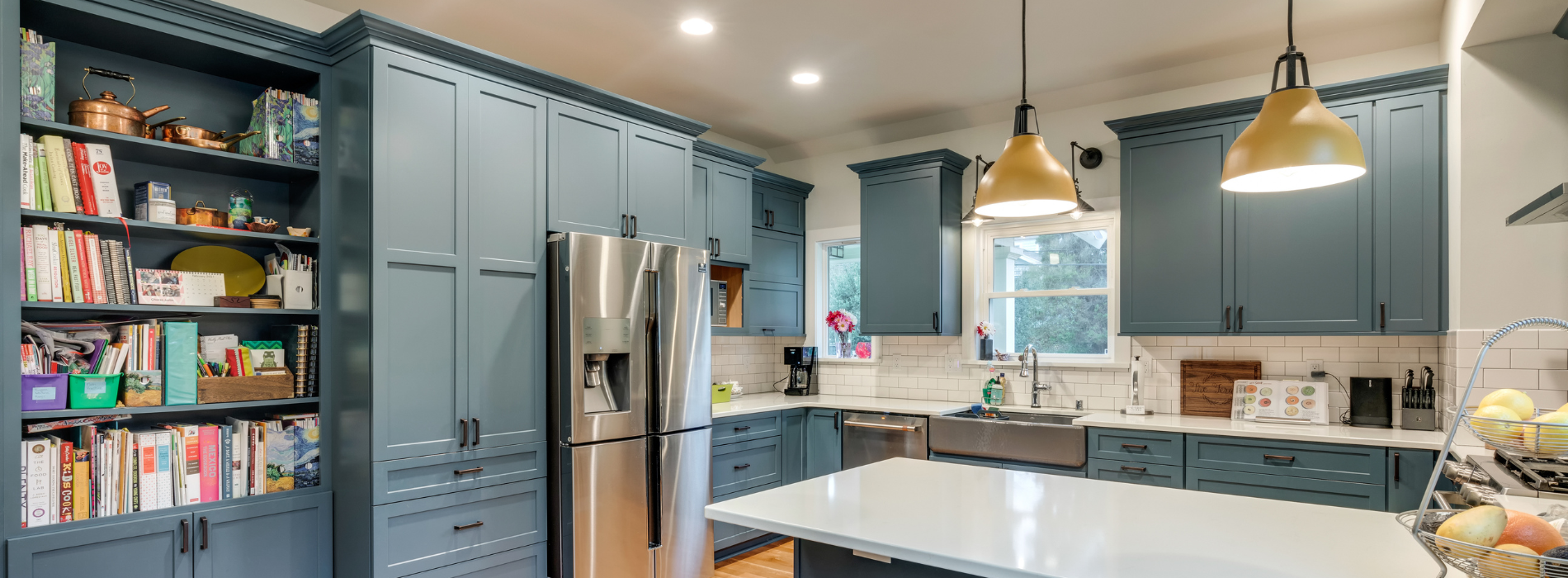
.jpeg)
